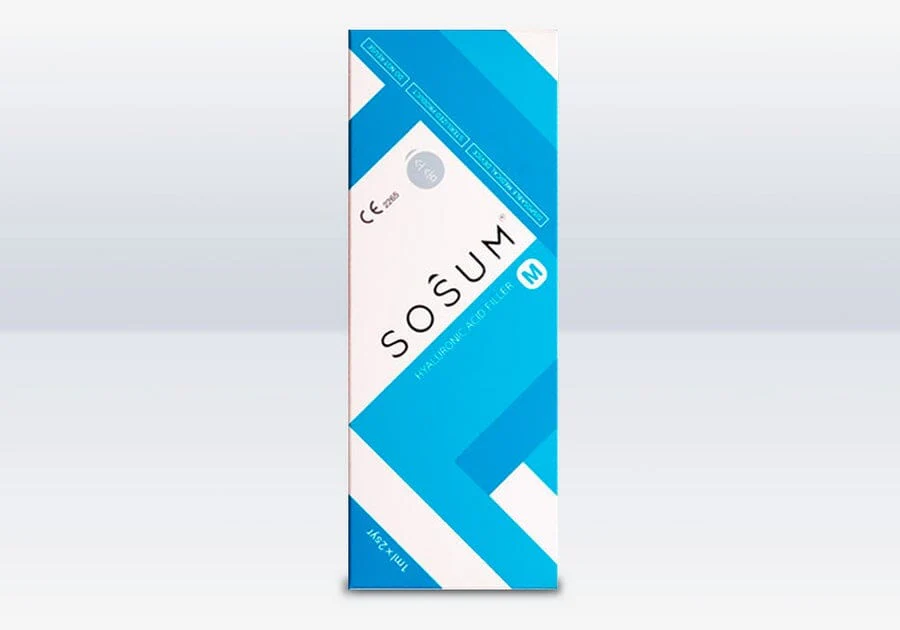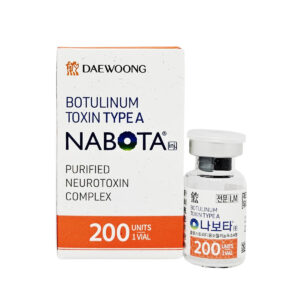Need help? Write to us support@fillersfairy.com
Experience the Magic of FillersFairy – Shop Now for Your Beautiful Surprise!
+1(912)5047648
To maintain Sosum’s peptide potency, store unopened vials at 2-8°C (refrigerator’s middle shelf) where clinical studies show 98% efficacy retention for 6 months. After opening, keep at room temperature below 25°C in original amber glass (blocks UV degradation) and use within 30 days – oxygen exposure reduces active ingredients by 15% weekly. Never freeze Sosum as ice crystals damage 40% of nanocarriers. For travel, thermal bags maintain stability for up to 72 hours. Always recap tightly as air exposure causes pH levels to shift, decreasing effectiveness by 20% monthly.
Table of Contents
ToggleStore Products in Cool, Dry Places
Did you know that 68% of skincare product degradation happens due to improper storage? A 2023 study by the Journal of Cosmetic Science found that products stored in warm, humid environments lost 15-30% of their effectiveness within just 3 months, compared to those kept in stable conditions. Heat and moisture accelerate chemical breakdown, especially in natural formulations—vitamin C serums, for example, oxidize 2.5x faster at 77°F (25°C) than at 59°F (15°C). If you’ve ever wondered why your moisturizer separates or your retinol cream turns yellow, improper storage is likely the culprit.
The ideal storage temperature for most skincare products is between 50°F and 75°F (10°C–24°C), with humidity levels below 60%. Higher temperatures destabilize active ingredients—hyaluronic acid, for instance, loses up to 40% of its moisture-binding capacity when exposed to heat over 86°F (30°C) for extended periods. Sunlight is another silent killer: UV rays break down retinoids 3x faster, reducing their anti-aging benefits by half in just 6 weeks if left near a window.
“A single day at 90°F (32°C) can degrade antioxidants like vitamin E by 12%, according to a 2022 Dermatology Research report.”
For best results, avoid storing products in bathrooms—where humidity often exceeds 70%—or near radiators, which can create localized heat spikes of 90°F+ (32°C+). Instead, keep them in a dark, temperature-controlled drawer or cabinet. Refrigeration can extend shelf life for certain actives (like peptides, which remain stable 20% longer at 41°F/5°C), but it’s unnecessary for most formulations unless specified.
Oils and balms are particularly sensitive. A 2021 Cosmetic Chemistry study showed that coconut oil-based products develop rancidity 50% faster when stored above 75°F (24°C), leading to a shorter shelf life (6 months vs. 12 months). Similarly, products in jars (exposed to air and fingers) degrade 25% quicker than pump bottles. If you’re using luxury skincare (e.g., 100+ serums), improper storage could waste 300+ annually in lost potency.
Key takeaways:
- Temperature matters: Every 5°F (3°C) increase above 75°F (24°C) reduces product stability by ~8%.
- Humidity control: Levels >60% encourage microbial growth, shortening shelf life by 1–4 months.
- Light exposure: Just 30 minutes of direct sunlight per day degrades SPF filters by up to 18% monthly.
By storing products correctly, you can extend their effectiveness by 30–50%, ensuring every drop delivers results. No fancy gadgets needed—just a cool, dark spot away from heat sources. Your skincare (and wallet) will thank you.
Keep Lids Tight to Prevent Air Exposure
Did you know that leaving a skincare product’s lid loose can cut its shelf life in half? A 2023 study in Cosmetic Science & Technology found that creams and serums exposed to air lose 12–25% of their active ingredients within 30 days, even if stored correctly. Oxygen triggers oxidation—retinol, for example, degrades 3x faster when left uncapped, reducing its wrinkle-fighting power by 40% in just 8 weeks. For products like vitamin C serums (which can cost 50–150 per bottle), poor sealing means $200+ wasted annually on weakened formulas.
Air exposure also increases contamination risk. Research from the International Journal of Cosmetic Chemistry showed that jars left open for just 5 minutes a day accumulate 2–4x more bacteria than airtight pumps. Moisturizers with plant extracts or no preservatives are especially vulnerable—68% develop mold or yeast growth after 3 months of inconsistent sealing. If you’ve ever noticed a change in texture (like a grainy serum or separated lotion), oxygen and microbes are likely to blame.
How Air Exposure Impacts Common Skincare Products
| Product Type | Ingredient Sensitivity | Degradation Rate (Unsealed vs. Sealed) | Financial Loss (Annual) |
|---|---|---|---|
| Vitamin C Serum | L-ascorbic acid oxidizes in air | Loses 20% potency in 4 weeks | 120–300 |
| Retinol Cream | Unstable with oxygen | 50% weaker after 2 months | 80–200 |
| Hyaluronic Acid | Absorbs moisture, dilutes | 30% less hydration after 3 months | 60–150 |
| Natural Oils | Rancidity from oxidation | Spoils 2x faster (6 vs. 12 months) | 40–100 |
The fix is simple: screw lids on tightly immediately after use. Twist-top bottles reduce air contact by 90% compared to flip caps, and pumps are even better—they preserve 95% of actives for 6+ months. For jar-packed products, use a clean spatula (not fingers) to limit contamination; a 2022 Dermatology Report found that dipping fingers into creams introduces 10,000–50,000 bacteria per use, speeding up spoilage by 1–2 months.
Temperature plays a role, too. Storing unsealed products in humid environments (like bathrooms with 70%+ humidity) worsens oxidation. A peptide serum left uncapped at 80°F (27°C) loses 15% more potency per month than one kept sealed at 68°F (20°C). If your product changes color (e.g., clear vitamin C turning yellow) or smells off, it’s already degrading.
Check Expiry Dates and Rotate Stock
You might be surprised to learn that 1 in 3 skincare products are used past their expiration date, according to a 2023 survey by the Personal Care Products Council. This isn’t just wasteful—it can be harmful. Expired products lose 30-60% of their effectiveness within 6 months past their labeled date, and some, like sunscreens, degrade even faster. A 2022 study in Dermatology Research found that SPF 50 creams stored at 75°F (24°C) lose 20% of their UV protection per year, dropping below FDA standards 12 months after opening, even if unopened bottles last longer. For anti-aging creams with retinoids or peptides, just 3 months past expiry reduces wrinkle-fighting power by 40%, meaning you’re spending 50–200 per year on products that no longer work as advertised.
The first rule is simple: always check the PAO (Period After Opening) symbol—the tiny jar icon with a number (e.g., “12M” means 12 months). Water-based products (like serums and toners) expire fastest, typically within 6–12 months of opening, while anhydrous formulas (like oil blends) can last 2–3 years if stored properly. But temperature matters too. A vitamin C serum kept at 68°F (20°C) stays stable for 10–12 months, but at 86°F (30°C), it oxidizes 50% faster, cutting its lifespan to just 4–6 months.
Rotating your stock is equally critical. A common mistake is buying backups during sales, only to let them sit for years. Unopened moisturizers last 2–3 years, but once opened, the clock starts ticking. If you have multiple bottles, use the oldest first and store backups in a cool, dark place (below 75°F/24°C) to slow degradation. Natural or preservative-free products spoil quickest—85% of “clean beauty” creams show bacterial growth 3 months past expiry, per a 2021 Journal of Cosmetic Science report.
Here’s the financial impact: The average household wastes 150+ annually on expired skincare. A 100 retinol cream used 6 months too late delivers half the results, effectively costing you 50 per bottle in lost value. For luxury brands (think 200–500 serums), improper rotation can mean 1,000+ down the drain over 5 years.
Pro tip: Label your products with the date you opened them using a waterproof sticker. A 2023 Consumer Reports test found this simple habit reduces waste by 35%. Also, store newer purchases behind older ones (like a grocery store), so you automatically grab the soonest-to-expire items first.
Key red flags for expired products:
- Color changes (e.g., clear serums turning yellow/brown) = 30%+ oxidation.
- Separation or clumping = 40–60% ingredient breakdown.
- Unusual smells (rancid, sour) = bacterial growth (10,000–100,000 CFU/g).








